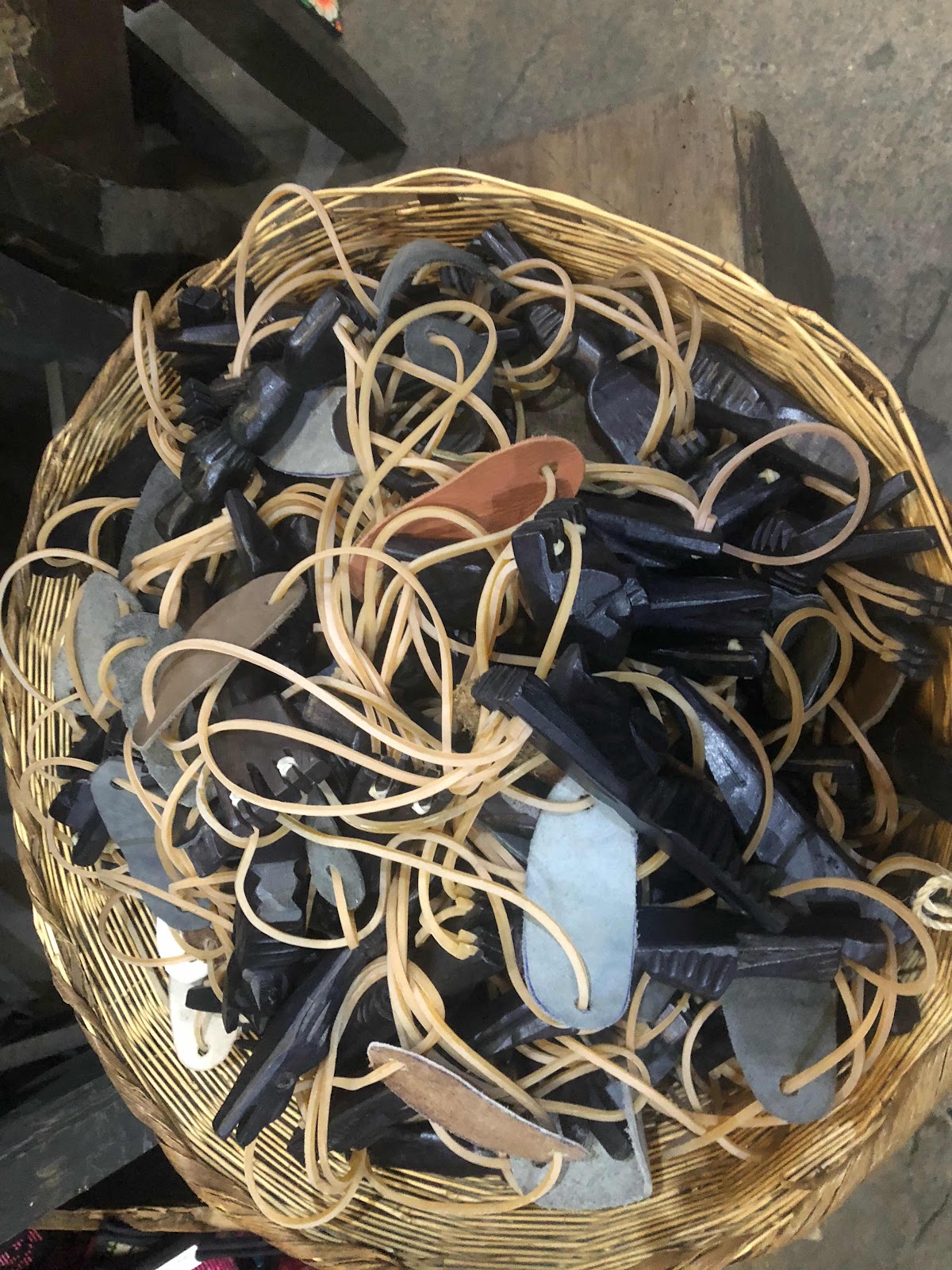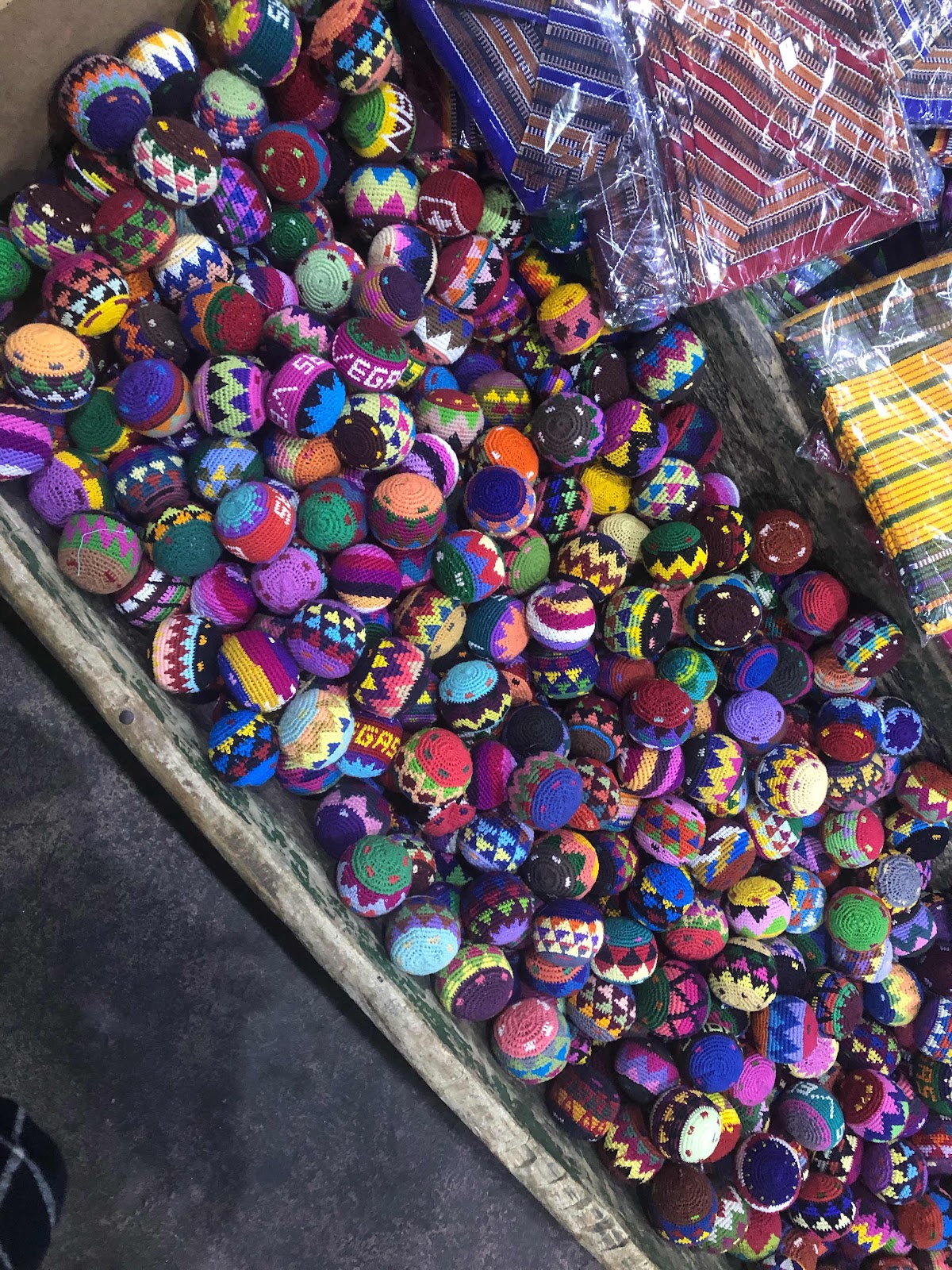
There is no other store in the world quite like this marvelous emporium of all things handmade and Guatemalan with an emphasis on all things textile
What Cargo is to Portland, what ABC Carpet and Home is to NYC, what Watson Kennedy is to Seattle, Nim Pot, which is also the name of a full length Mayan ceremonial robe, is to all of Guatemala. Like all these stores, Nim Pot appears to be a la labor of love by a visionary owner who also has a little bit of the maximalist hoarder gene.
At first glance you might think you’ve stepped into a giant souvenir shop (which it is) but you’d be missing the probably single largest collection of Mayan textiles ever assembled in one place. And it’s not a museum, you can touch and buy them too!

This wall shown above, all organized by regions and very tidy, went on for a while. Be still my beating heart. Mostly huipiles but also ponchos, stacks of red and white striped handwoven men’s pants, children’s clothes and yardage. Everything is used but in good condition. Don’t have a photo but there were also two huge tables full of torn, extra worn, and stained pieces. Here’s a link to a video that presents a different side of the used textile business in Guatemala. Full disclosure - I need to educate myself more about this sensitive subject. No one wants to be exploiting these talented weavers when buying huipiles so take a look and see what you think
here

Then two aisles of the best of the best, vetted, vintage huipiles, dancers outfits, and belts - all very tidy and hanging on display rods. Again, most of it was organized by community so you could really study the nuances and variations on a theme but get a sense for the overarching style. Yes we died and went to heaven. Frankly, it was more than I could take in. Heaven was exhausting. Went back the next day too.

The whole back wall was filled with these beaded, sequined Sgt Peppers Lonely Hearts Club Band meets Napoleonic French soldier in the highlands of Guatemala ceremonial outfits (photo above) which they described as warlocks outfits. I wanted to buy ALL of them in the worst way. If I still had the store at least one would have been coming home with me.

Then there were two floor to ceiling walls of masks almost all vintage.

Then trinkets galore including this bowl of slingshots,

an old canoe full of hacky sacks,

and even hand rolled tobacco cigars. Plus kites, worry dolls, beaded jewelry and pretty much any kind of
souvenir ever made in Guatemala. Nothing about this store says restraint. Another notable thing about Nim Pot was that despite the fact that it looks like it takes a veritable army of elves to fold and stack everything, the salespeople were inconspicuous and low key. This is the opposite if the extra attentive sales pressure you find in so so many places here in Guatemala and a somewhat welcome relief It was a great place to start our textile adventure.
